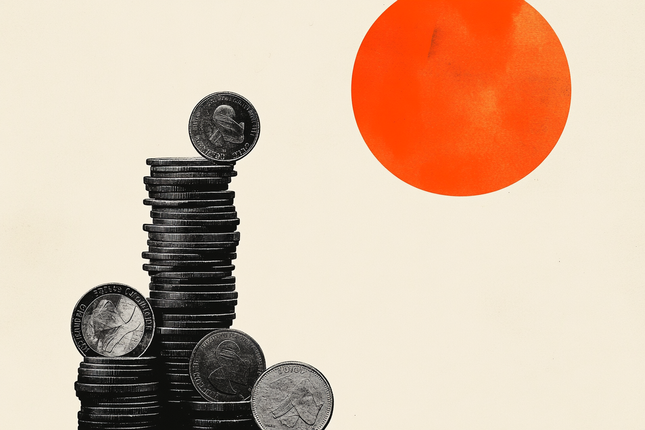You need to be logged in to view this content.
Summary
In this session we will examine the "natural" rhythm of the markets. You will see how to determine when the market is ripe for a trade, when the market is moving with strength, and when it is moving with weakness. The advantages you can achieve once you see these rhythms is substantial. You will be able to time your entries more precisely once you uncover just a few of these principles, and apply them to your own trading.
We will also look at the current markets, so bring along your questions so we can look at these charts as well.
Latest Live Videos
Editors’ Picks

EUR/USD Price Annual Forecast: Growth to displace central banks from the limelight in 2026 Premium
What a year! Donald Trump’s return to the United States (US) Presidency was no doubt what led financial markets throughout 2025. His not-always-unexpected or surprising decisions shaped investors’ sentiment, or better said, unprecedented uncertainty.

Gold Price Annual Forecast: 2026 could see new record-highs but a 2025-like rally is unlikely Premium
Gold hit multiple new record highs throughout 2025. Trade-war fears, geopolitical instability and monetary easing in major economies were the main drivers behind Gold’s rally.

GBP/USD Price Annual Forecast: Will 2026 be another bullish year for Pound Sterling? Premium
Having wrapped up 2025 on a positive note, the Pound Sterling (GBP) eyes another meaningful and upbeat year against the US Dollar (USD) at the start of 2026.

US Dollar Price Annual Forecast: 2026 set to be a year of transition, not capitulation Premium
The US Dollar (USD) enters the new year at a crossroads. After several years of sustained strength driven by US growth outperformance, aggressive Federal Reserve (Fed) tightening, and recurrent episodes of global risk aversion, the conditions that underpinned broad-based USD appreciation are beginning to erode, but not collapse.

Bitcoin Price Annual Forecast: BTC holds long-term bullish structure heading into 2026
Bitcoin (BTC) is wrapping up 2025 as one of its most eventful years, defined by unprecedented institutional participation, major regulatory developments, and extreme price volatility.

Here is what you need to know on Wednesday, December 24:
The action in financial markets turns subdued on Wednesday as participants get ready for the Christmas holiday. Stock and bond markets in the US will open at the usual time but will close early on Christmas Eve.